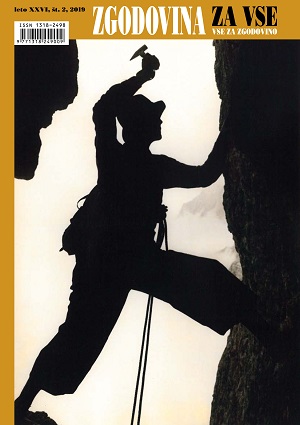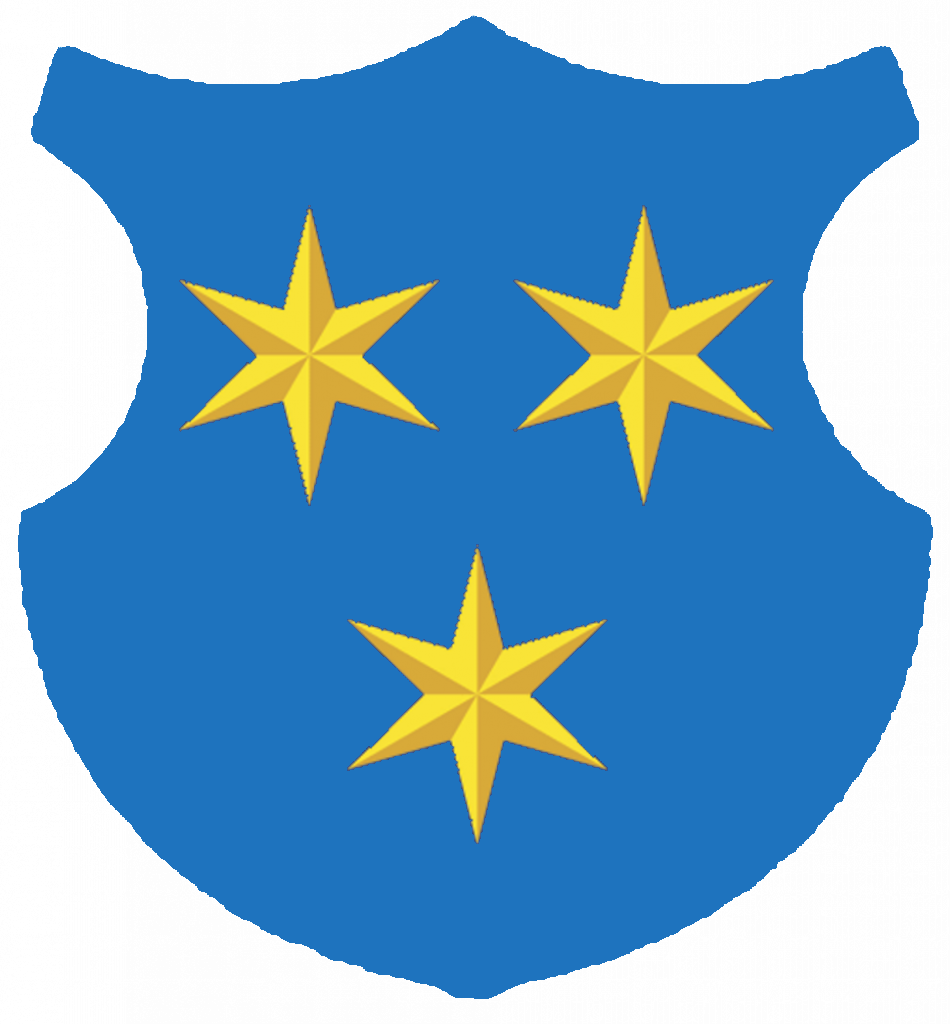| Dragan MATIĆ | “THERE WAS COMPLETE CHAOS IN THOSE DAYS AND EVERYONE WAS DOING AS THEY PLEASED.”
“SEE HOW MUCH I HAD TO TELL YOU?” THE MONUMENT SCANDAL IN THE MUSEUM SQUARE IN LJUBLJANA |
 |
Dragan MATIĆ
“THERE WAS COMPLETE CHAOS IN THOSE DAYS AND EVERYONE WAS DOING AS THEY PLEASED.”
How an inspection of the number 19 railroad mail car delayed psychology classes in Slovenia by 30 years
The author describes a judicial inquiry into the financial embezzlement after First Lieutenant Mihajlo Rostohar and Sergeant Franc Bar inspected a railroad mail car at the Ljubljana Railway Station on the night between 1st and 2nd november 1918, confiscating some cash. The article describes various testimonies and hearings, analyzing official and unofficial documents that shed light on the situation at the time, which one of the witnesses described as follows: “There was complete chaos at the time and everyone was doing as they pleased.” After a one‑year investigation, two suspects were identified: the former First Lieutenant Mihajlo Rostohar and the former Sergeant Franc Bar. Given that it was not possible to prove any of the two guilty beyond reasonable doubt, the prosecution ended. A direct consequence of the investigation was that Mihajlo Rostohar’s application to be appointed Professor of Psychology at the Ljubljana faculty was rejected.
Mateja RATEJ
“SEE HOW MUCH I HAD TO TELL YOU?”
The letters of Ivan Lah to Ivanka Lipold between 1920 and 1938
In a cultural historical study, the author analyzes the letters composed by the writer, journalist and grammar school teacher Ivan Lah (1881‑1938) and sent to Ivanka Lipold (1893‑1976), an energetic women’s movement activist from Maribor, whose husband Franjo Lipold (1885–1970) was Mayor of Maribor in the 1930s. The letters form part of Ivanka Lipold’s legacy kept at the Maribor Regional Archives. Given their intimacy, their number and the fact that they span a long period up to Lah’s death, the letters offer an insight into their authors’ minds. Owing to the position of the two correspondents, the letters are representative of the mindset of the Slovene middle classes in the period between the world wars, particularly that of the liberal (and pro‑Yugoslav) proponents of gender equality.
Damir GLOBOČNIK
THE MONUMENT SCANDAL IN THE MUSEUM SQUARE IN LJUBLJANA
France Kralj’s (1895–1960) statue of a peasant mother with a child and a cow (artificial stone, most likely from 1938), was commissioned by the City of Ljubljana and erected in Museum Square in May 1939. Following a critical article by the painter and writer Čoro Škodlar in the Jutro newspaper, the monument was vandalized. The police did not find the perpetrators. A debate followed between the supporters of France Kralj, the central figure among Slovene fine arts Expressionists, and the opponents of contemporary artistic trends, whose views resembled the official cultural policy of the Third Reich. The article also reveals that Slovene newspapers to some extent approved the Nazi attack on trends in contemporary fine arts in Germany.
Matej OCVIRK
“WE LEARNED THE MOST FROM THOSE ASKING THE LEAST FROM US.”
The grammar school years of Vladimir Pavšič
The article presents the childhood and the grammar school years of the famous Slovene poet, playwright, writer, translator and literary critic, Vladimir Pavšič ‑ Bor (1913‑1993) — years which he spent in Štore and Celje. His literary journey began early in his childhood and continued during his high school years in Celje, when he did not yet go by the name Matej Bor but was known as Pavšičev Mirko from Štore. Based on his autobiography, the article portrays Pavšič’s school friends, his high school teachers, his time at I. gimnazija Celje (First Grammar School, Celje) and his extracurricular engagements in Štore. His literary talent budded from early on. In addition, he was a gifted athlete, runner, member of the Sokol gymnastic society and the Štore Gun Club, as well as an actor who performed on stage.
Jure K. ČOKL
THE STORY OF AN ICONIC ALPINE PHOTOGRAPH EXPLAINED:
The photo of Viktor Žagar climbing Jalovec was taken by Janez Gartner
Viktor Žagar, a member of the Turistovski klub Skala climbing club, and his fellow climber Janez Gartner took a photograph while on the Horn route of Jalovec in 1939. By mistake, the authorship of the photograph was attributed to the legendary Slovene climber and mountain photographer, Stanko Tominšek. The photograph was believed to have been taken on the North Face of Triglav. Almost 80 years later, Zala Žagar, the granddaughter of Viktor Žagar, discovered that the information written on the reverse of this photograph was completely different. She began an attempt to verify facts that she had always considered accurate. She initiated an investigation that helped the author of the article and his colleagues confirm the assumption about the true author of the photo and the climber depicted in it. The article reveals how a mistake led to erroneous attribution of both authorship and the location where the photo was taken, at the same time presenting two members of the pre‑war generation of Slovene climbers who had previously been unknown to the general public. On a side note, the article seeks to highlight how sometimes seemingly marginal factors can radically change a historical event or personality, causing significant damage from a historical standpoint.
